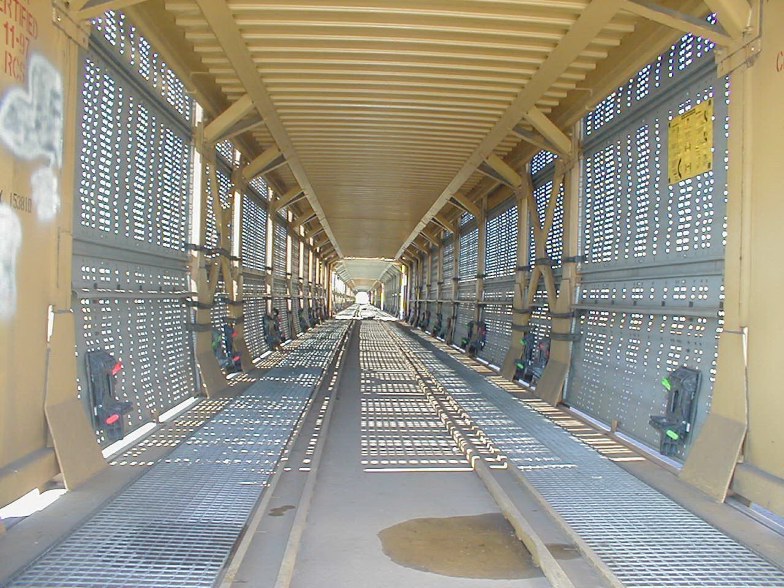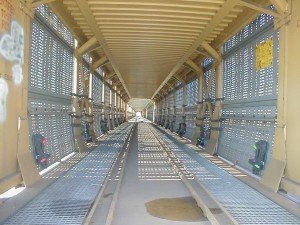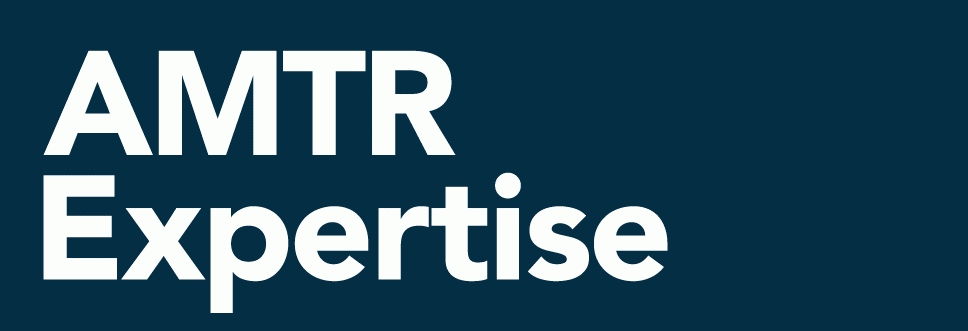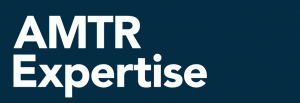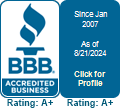In the wake of year-end financial report rollouts for publicly traded trucking companies, an assessment of 2015 was possible. According to truckinginfo.com and John Larkin, managing director of equity research of transportation and logistics at the investment banking and financial services firm Stifel, “2015 was probably characterized as disappointing on the heels of a very strong and robust 2014.” Larkin attributes the downturn to larger economic forces such as the strength of the U.S. dollar against foreign currencies, low energy prices and an inventory glut across supply chains. The good news is that dedicated trucking firms seemed to fare better; shippers see increasing truck regulation in the future that will tighten capacity and want to secure load and cost arrangements ahead of time. As for 2016, Larkin “doesn’t see things improving much.” Without a surge in Spring and early Summer goods movement, the outlook for 2016 may be sluggish.
According to 3PL provider IDS, U.S. railroads are getting more competitive with trucking companies by lowering domestic intermodal spot rates across many of the major lanes. The strategy may be working as several Class I railroads, especially BNSF, have seen strong growth in the first months of 2016. Shelli Austin, president of IDS transportation, tells JOC.com, “Some of the rail lines, not all, are reducing rates to try and increase the volumes during this time that the capacity is so loose.” At the same time, intermodal companies and the truckload market are trying to be competitive with pricing as well, so the railroads will have to remain vigilant. Austin summarizes by stating, “It will be interesting to see how long these [rates] stay low and how many more rail lines will follow.” Watchful shippers stand to benefit from these industry dynamics with lower freight costs.
Are you familiar with the Railroad Freight Tariff RIC 6007? Most consider this document the “mileage payout” tariff; however, this regulation also contains rules for the movement of empty cars. Many changes were issued last year with regard to the movement of empty cars. Most notably were some new rules from certain carriers stating that they would begin assessing mileage-based charges upon certain movements of empty private tank cars to and from repair facilities. Also of note, Rail Inc. finally published its long-awaited revision of RIC 6007-O, six years after releasing RIC 6007-N and its 30 plus supplements. AMTR employees are familiar with RIC 6007 and use it in conjunction with other rules tariffs to ensure that you are not charged for a move which should be free. Examples include moves that allow a free diversion after unloading and time limits for returning a car free after a loaded line-haul. Knowing all the nuances of your rail shipments, even the empty ones, is the AMTR difference.
The rules that govern rail transportation rates are vast and complicated. The myriad factors involved in figuring a rate to move your freight can be mind-boggling. Take, for instance, the rules surrounding the issue of switching. Let’s say your commodity is moving from point A to point B, and point A and point B are hundreds of miles apart. No problem, right? Just apply a line-haul, move your freight, pay your bill and you are done. Not so fast! The next question is how does the commodity get into your customer’s facility? The railroad you hired to move your freight just rolls up to your customer’s door and unloads, right? Not always. It’s true some railroads serve certain industries and can do that and sometimes there is mutual access between railroads. If neither is the case, switching is required. In this case, error-fraught freight bills often ensue.
Switching fees are applied, many times incorrectly. Varying absorption rates by line-haul carriers and lack of identification of switching carriers on a freight bill can confuse matters further. And what if you just need to move freight from one side of a large metro area to another? There are special switching rules and rates for these kinds of moves too. These are the kinds of issues that AMTR’s team of experts focus on when analyzing your freight bills. Our auditors know these rules and apply them to reclaim your money paid in error, adding it back to your bottom line.
Do you have a great TMS (transportation management system) that accommodates all your lanes and rates? It is true–such systems can generate significant time and money savings as they can quickly process a large volume of invoices, saving payroll time on your end and finance charges at the carrier’s end. However, do you encounter “exceptions” that don’t fit into any known rate? Is your accounts payable department making manual payments on these exceptions?
The fact is that exceptions are where we recover vast amounts of money for our clients. Exceptions can include rail scenarios such as overloaded cars, rejected products, redirect loads, and truck scenarios such as multiple redeliveries and applicable protection charges to name just a few. These exceptions result in fees that can rarely be programmed into an automated system or TMS. The same thing applies to accessorial charges. When you face exceptions or accessorial charges, how do you truly know what to pay? If your company does not have a professionally-trained transportation expert to investigate these charges, you are likely overpaying. If you are an AMTR client—because we have all of your contracted pricing, have read all your fine print and know all the rules tariffs—we will make sure you pay only what you owe, regardless of the complexity of the exception or accessorial scenario. At AMTR, our human, expert auditors intervene to help save you the money automation can’t.
22 Mar 2016
Freight Cost Complexities Make Problem Resolution Time-Intensive – Our Time is Your Money
Given that transportation is the largest variable cost in the supply chain, freight cost management is understandably an important focus for shippers. Freight cost determination and problem resolution is increasingly impacted by what AMTR identifies as freight cost complexities. Freight cost complexities include automated technology, transportation knowledge loss, governing document content, decentralization of transportation functions and process/system changes as a result of mergers and acquisitions, to name a few. Moreover, these complexities and problems that result from them require attention and time to remedy—time organizations rarely have to dedicate to them.
This is where AMTR comes into the picture. We have a staff of transportation experts ready to step in and do a tailored evaluation of your freight costs. We are well aware of the many freight cost complexities and are highly trained to quickly identify their impacts, especially when they are generating freight overcharges and increasing your freight spend unnecessarily. Using our Smart Auditing® approach, our expert auditors will discover any freight monies you have paid in error, recover those monies for you, and educate you on how to avoid losing those monies again. As we work on a contingency basis, there is absolutely no risk and no cost involved to get started. Freight cost errors do not have to be a “price” of doing business in today’s complex world. Let us spend our time solving your problems. Call or email us today to get started.





